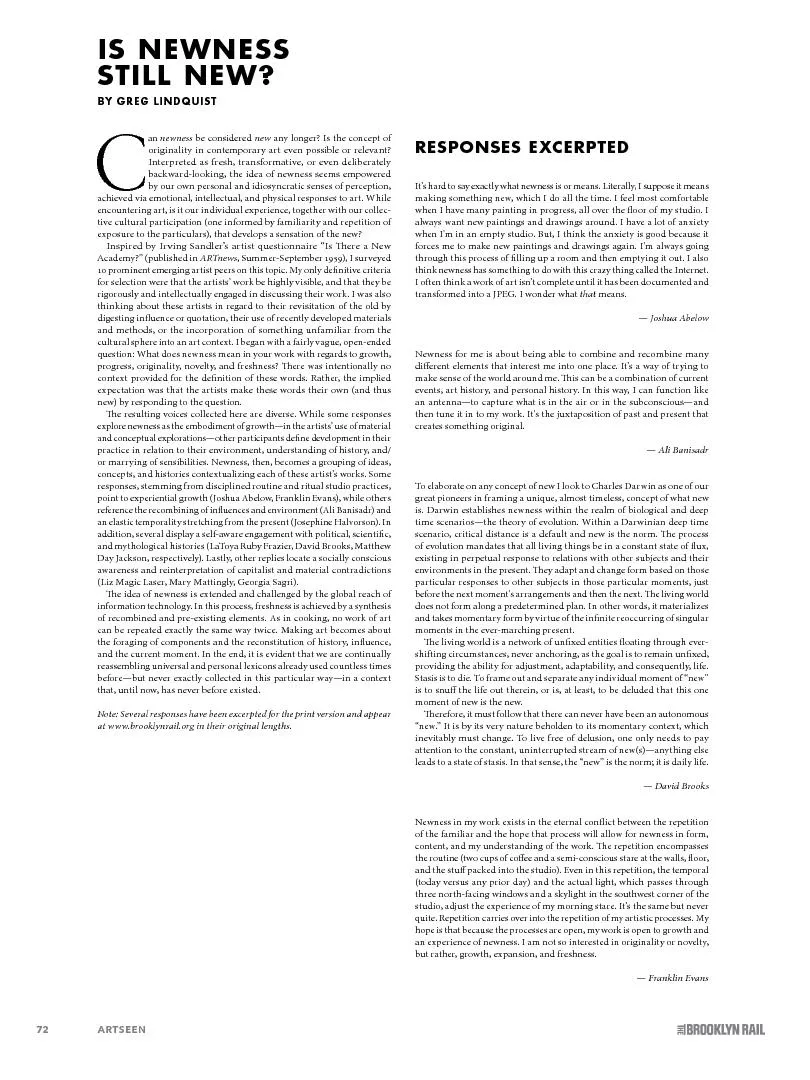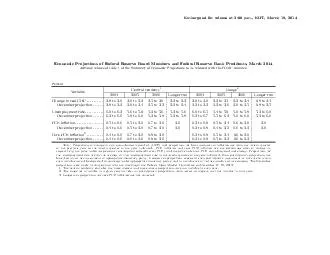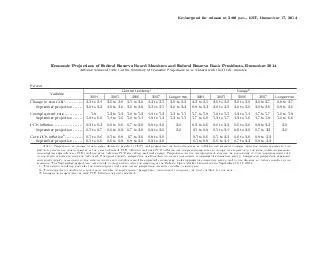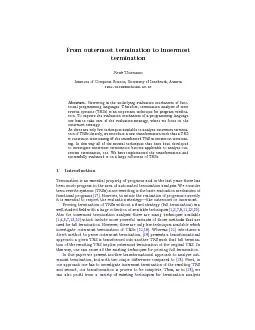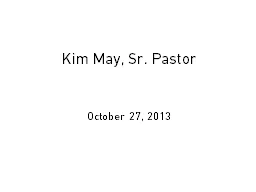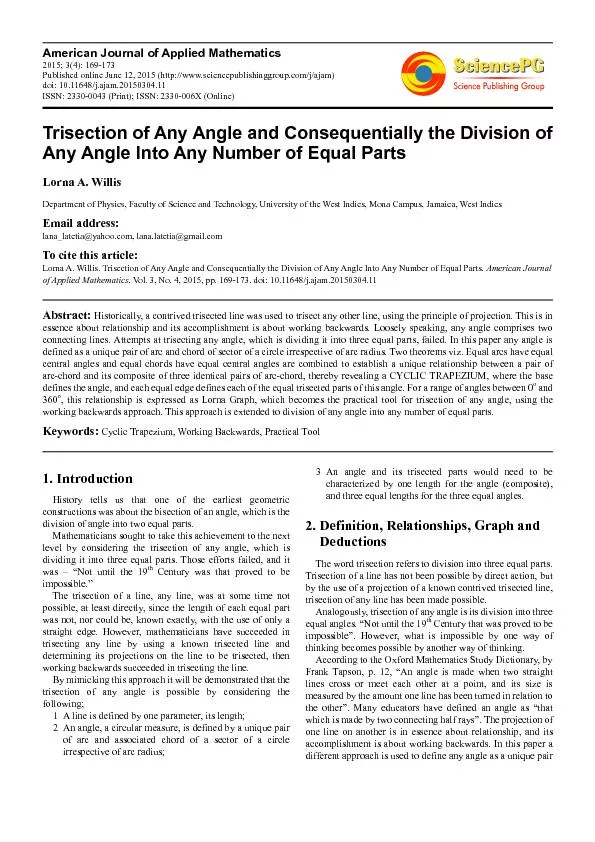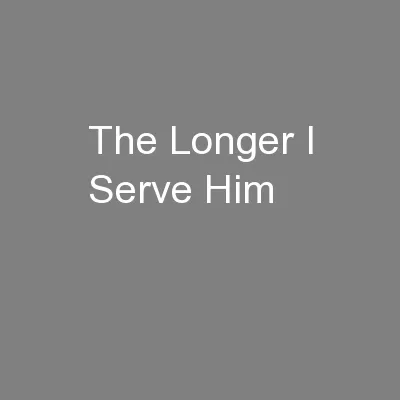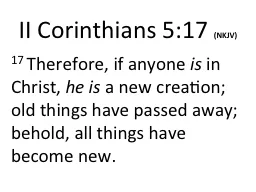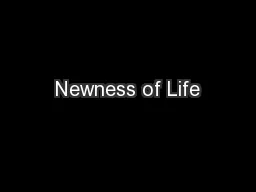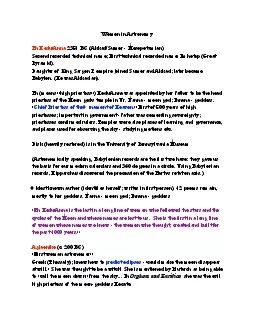PDF-ISWNESSLLNEG LINDQUSTan newness be considered new any longer? Is the c
Author : olivia-moreira | Published Date : 2016-07-01
72 73 Newness in contemporary art could be possible depending on the artist146s intentions and clarity In photography new advancement in technologies has pushed
Presentation Embed Code
Download Presentation
Download Presentation The PPT/PDF document "ISWNESSLLNEG LINDQUSTan newness be consi..." is the property of its rightful owner. Permission is granted to download and print the materials on this website for personal, non-commercial use only, and to display it on your personal computer provided you do not modify the materials and that you retain all copyright notices contained in the materials. By downloading content from our website, you accept the terms of this agreement.
ISWNESSLLNEG LINDQUSTan newness be considered new any longer? Is the c: Transcript
Download Rules Of Document
"ISWNESSLLNEG LINDQUSTan newness be considered new any longer? Is the c"The content belongs to its owner. You may download and print it for personal use, without modification, and keep all copyright notices. By downloading, you agree to these terms.
Related Documents

